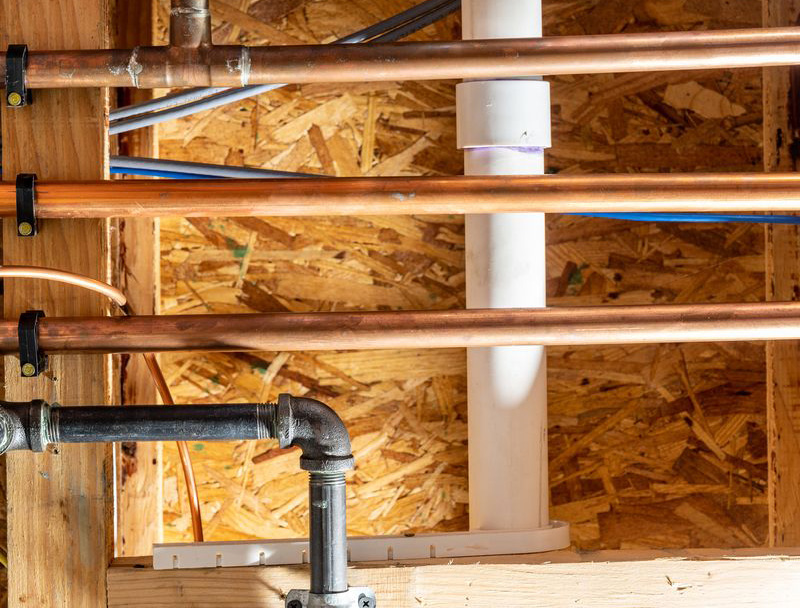
When your plumbing system is working properly, you hardly think about what happens after water disappears down the drain. But behind the scenes, your pipes rely on more than just gravity to keep everything flowing smoothly. One of the most important—yet often overlooked—parts of any home plumbing system is proper venting.
What Does Plumbing Venting Do?
As water flows through your pipes, it creates a vacuum behind it. To prevent airlocks and maintain smooth drainage, air must be drawn into the pipes to replace the space left behind by the flowing water. Plumbing vents allow air into the system and help regulate pressure in the drain lines.
These vents are typically vertical pipes that run through the roof, allowing fresh air to enter the plumbing system above the highest plumbing fixture in the home. This system ensures that wastewater flows freely and that harmful sewer gases are safely vented outside.
What Happens If Plumbing Vents Are Blocked or Missing?
When a plumbing system isn’t vented properly, or if the vent pipes become blocked, drainage problems can quickly arise. Common causes of poor venting include:
- Ice accumulation in rooftop vents (especially in mountain areas like Grand County, Colorado)
- Animal nests or debris blocking the vent pipe
- Improper remodeling or retrofits that leave plumbing fixtures without adequate venting
Any of these problems can disrupt your plumbing system and lead to noticeable symptoms inside your home.
Common Signs of Poor Plumbing Ventilation
1. Bubbling Toilet Bowl
If your toilet makes a bubbling or gurgling sound—especially when another fixture like the washing machine or bathtub is draining—it may be a sign that your system is not properly vented. The bubbling happens because air is being sucked through the water in the toilet trap to equalize pressure, rather than entering through a vent pipe.
2. Inconsistent Toilet Water Levels
Have you noticed that the water level in your toilet bowl goes up and down unexpectedly? This could mean that water flowing through nearby drain pipes is pulling air (and water) from your toilet trap. Without proper venting, the system cannot maintain balanced air pressure, resulting in fluctuating water levels and, eventually, the loss of the water seal that prevents sewer gases from entering your home.
3. Slow Drains or Frequent Clogs
While slow drainage is often blamed on clogs, it can also be caused by poor venting. Without air to break the vacuum, wastewater can’t flow efficiently, leading to backups and slow-moving drains. If you’ve ruled out a clog, your plumber should inspect the vent system for obstructions or missing vent connections.
Why Venting Matters in Cold Climates Like Grand County
In mountain environments where freezing temperatures are common, rooftop vent pipes can become clogged with ice or snow. According to the International Plumbing Code, vent terminations should be at least 6 inches above the roof or snow line to prevent ice blockages in cold regions (IPC Section 904.1). If your home has recurring wintertime plumbing issues, blocked vent pipes may be to blame.
Need a Plumbing Inspection in Grand County?
If you’re noticing bubbling toilets, slow drains, or odd water levels, don’t ignore these warning signs. Poorly vented plumbing systems can lead to sewer gas odors, drainage issues, and expensive repairs if left unresolved.
Contact Grand Lake Plumbing and Heating for a full plumbing inspection. Our licensed plumbers will check your vent stacks, diagnose the issue, and recommend the right solution to restore proper drainage and safety in your home.
